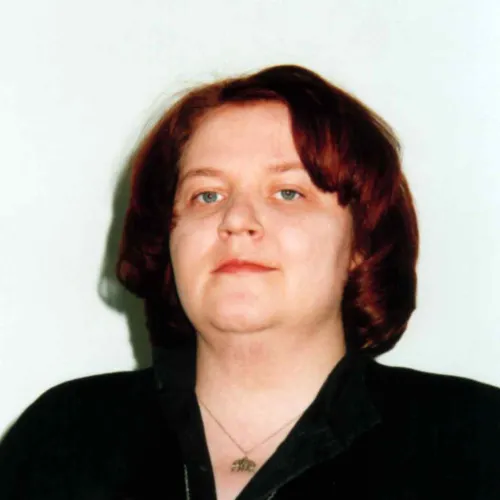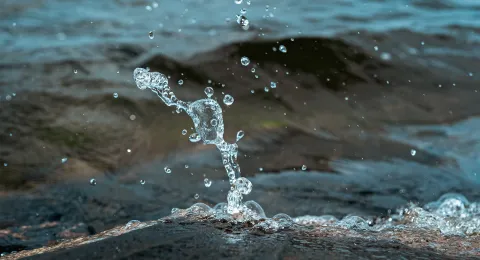1. LUT respects and fosters water in its multidisciplinary research
LUT University's strategy shows respect for water: it should be protected, purified, refined and utilised to its full potential. Multidisciplinary research groups work continuously to preserve natural resources, promote efficient material circulation, and achieve a cleaner environment and water. LUT University is known for the most wide-ranging water treatment research in Finland, and it is the country's leading teaching and research community in separation technology.
LUT wants to stop chemical flows to nature by purifying wastewaters more efficiently. LUT's solutions enable recovering and reusing valuable materials from wastewater.
"Lately, we have turned our attention to the salt in mining and forest industry sewage and protein in food industry sewage," says Mari Kallioinen, Professor of Separation Technology.
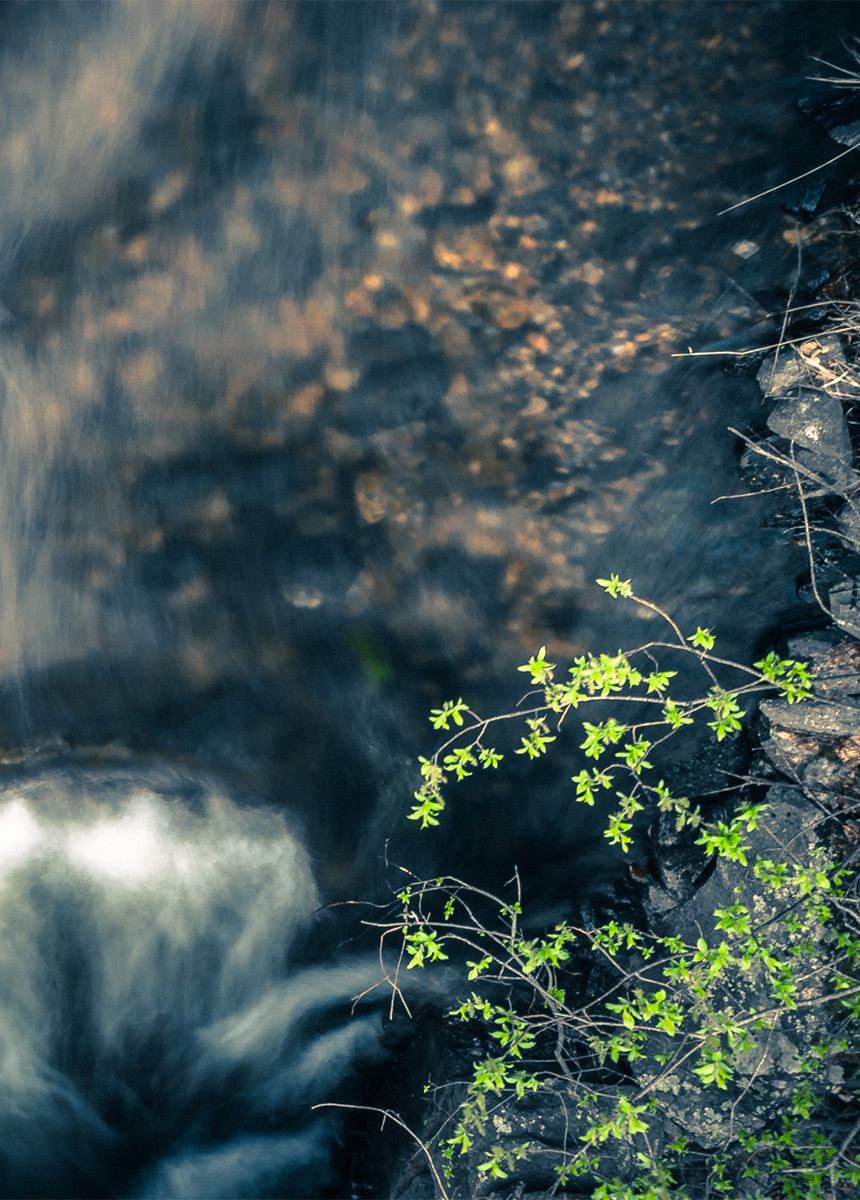
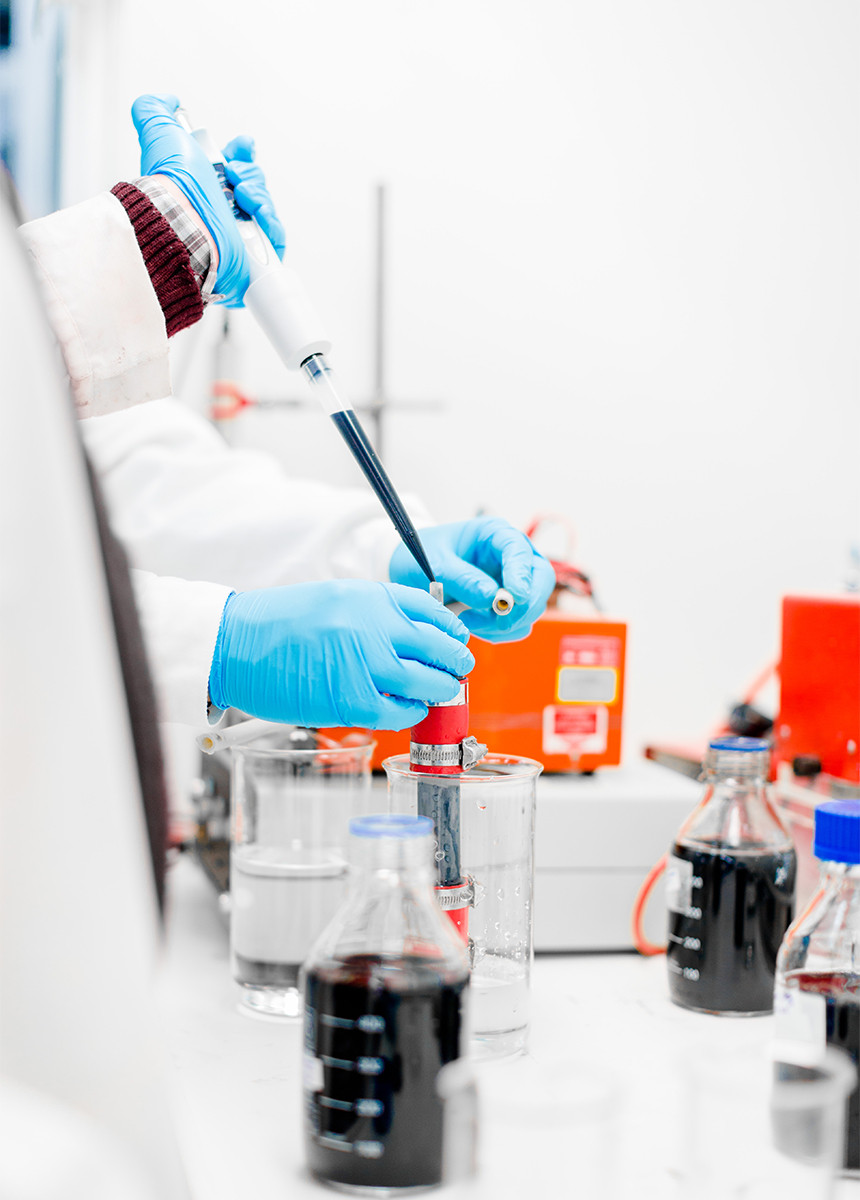
2. LUT solves practical problems with know-how in physical and chemical phenomena
There is a clear need for efficient separation and purification technologies and their hybrid solutions because traditional technologies have not been designed to remove harmful substances and microplastics that we currently release into water systems. A circular economy optimises the overall sustainability of the environment, production and consumption.
LUT's expertise is based on an understanding of physical and chemical phenomena and the characterisation and modelling of natural and process waters. Mari Kallioinen, Head of the Department of Separation Science, relates that many industries utilise LUT's solutions in their fluid flow treatment. Meanwhile, businesses improve their energy and resource efficiency by reusing purified water in their processes and reducing the intake of raw water.
"We do solid-liquid separation, separation in the liquid phase, and treat gaseous emissions," Kallioinen says.
LUT University's strategic approach and solution-focused outlook are well-known in the corporate world.
"We aim to take advantage of all possible resources from all emission forms," Kallioinen sums up.
3. Hybrid solutions combine modern and traditional water treatment methods
Wastewater from industry, agriculture and households needs to be purified to protect the well-being of residents and the environment. Large industrial plants typically have their own purification equipment for liquid flows. Municipalities and smaller-scale actors treat their wastewater at a sewage treatment plant that provides service to a number of actors.
The efficient separation processes that LUT uses extract many compounds from liquids at lower and lower concentrations. Mika Mänttäri, Professor of Membrane Technology, explains different purification technologies for wastewaters.
"We break down impurities in the water by utilising pulsed corona discharge or light combined with catalytic particles. Membranes filter compounds that have dissolved into water, such as pharmaceutical substances or nutrients that eutrophicate water bodies."
The most modern treatment plants utilise a hybrid of several methods and combine them with biological processes, catalysis, and oxidation. LUT's solutions, such as membrane filtration or microalgal technology, can also be added as a new stage into old treatment plants.
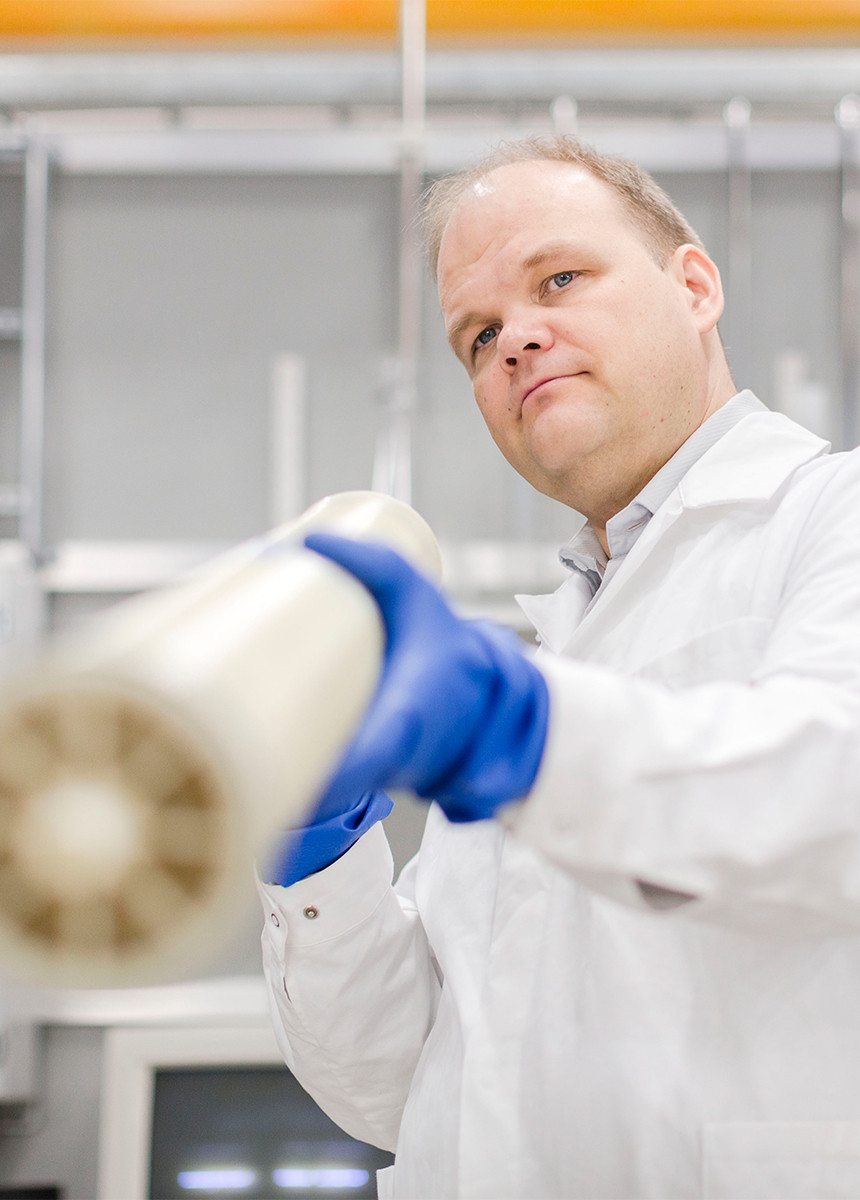

4. LUT has world-leading membrane expertise
Membrane filtration is one of the water treatment areas in which LUT specialises. The membrane technology research group develops energy efficient and ecological purification, recovery and separation processes for the pulp and paper industry, food industry, metal industry and other fields.
Membrane technology can also be applied to municipal sewage treatment. LUT has experience in the chemical-free removal of phosphorus from municipal sewage by membrane filtration. Membranes with very low permeability have kept the phosphorus concentrations low at the treatment plants of Lappeenranta, Kouvola, Savitaipale and Luumäki.
In addition, viruses, bacteria, organic substances, microplastics or other solids do not permeate the membrane. Industry can also apply membrane filtration to water circulation in production plants.
"When viruses are eliminated, the purification process no longer requires disinfection with ultraviolet light," Professor Mika Mänttäri points out.
5. Membranes even from old bed sheets
To promote a circular economy and resource efficiency, LUT also makes membranes more efficient.
"Moreover, we aim to make them from used materials, such as waste that contains pulp, including old bed sheets," Professor Mari Kallioinen outlines.
Pulp membranes are highly sought after in growing global water treatment markets. This is due to their hydrophilic or evenly water absorbent surface and the fact that they can be manufactured from bio-based materials.
"One square metre of cotton sheet is enough to make 35 square metres of pulp membrane. In addition, collecting textile waste separately from other waste is possible and even easy," Kallioinen says.
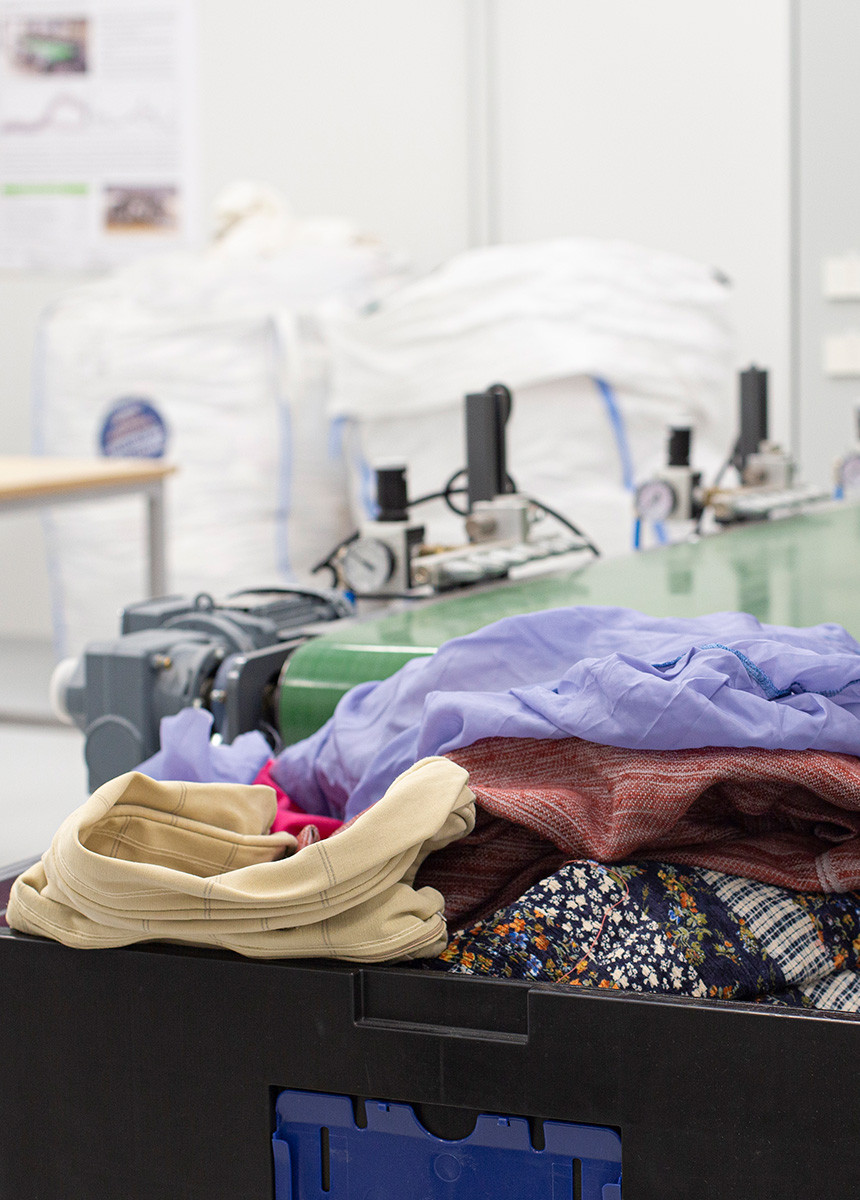
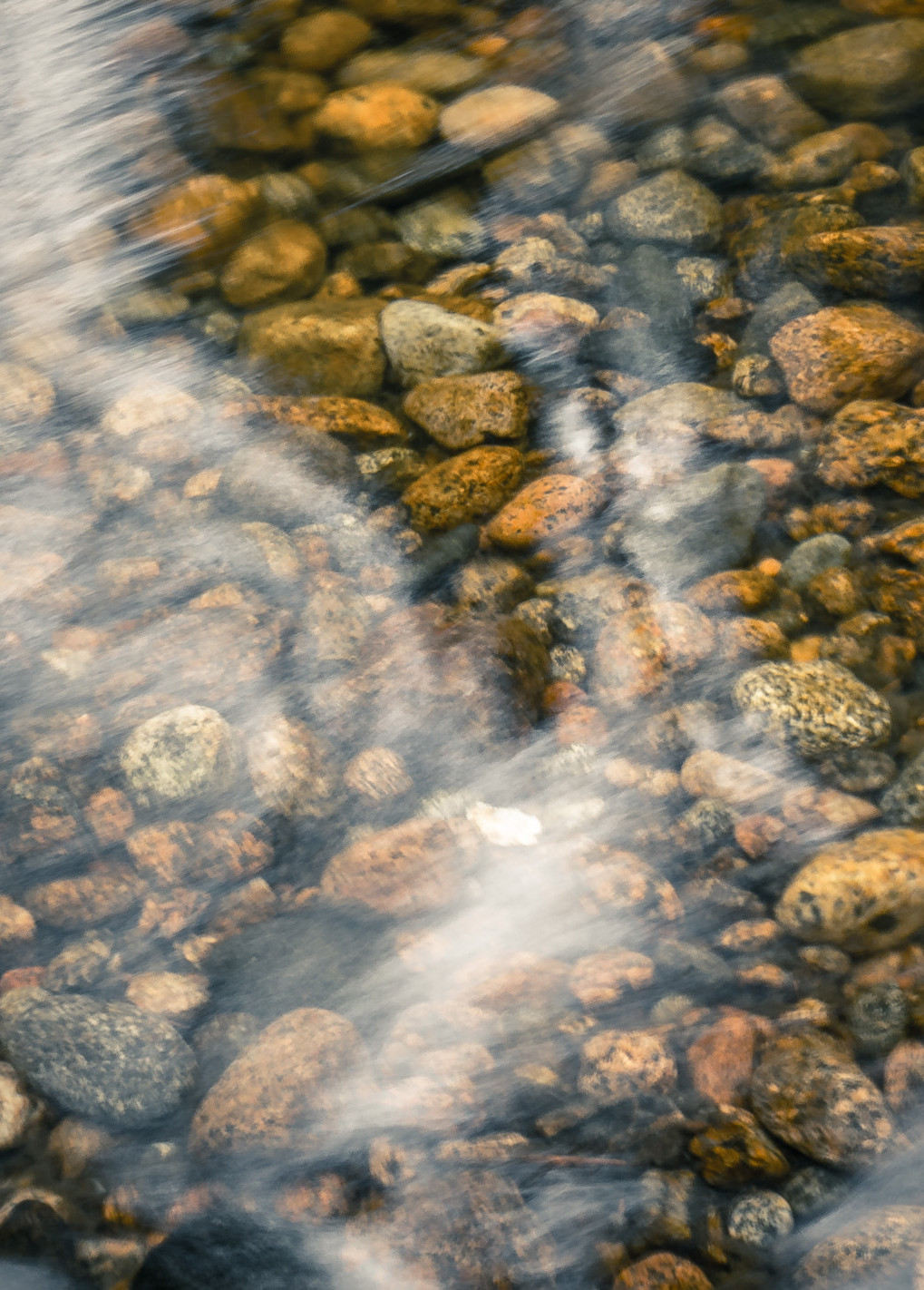
6. The growing amount of pharmaceutical residues is reduced at the source and at treatment plants
When phosphorus residue is removed from water, also solid matter is removed. This is especially useful when pharmaceutical residue is removed by nanofiltration or oxidation. LUT has studied pharmaceutical residues for a long period, and there are increasing amounts of them in water systems because more people use pharmaceuticals. Pharmaceuticals and the environment are the theme of the multidisciplinary project consortium SUDDEN, which is funded by the Academy of Finland.
In the national project EPIC, LUT studied the purification techniques and combinations best suited for the removal of pharmaceutical residues. They include oxidation, membrane filtration and adsorption.
"Oxidation with the pulsed corona discharge method removed most pharmaceutical residues. In the comprehensive purification of wastewater, membrane filtration was observed to be nearly the only alternative. Nanofiltration and reverse osmosis membranes also removed bacteria, viruses, and nutrients," Professor Mika Mänttäri lists.
The EPIC project demonstrated that the removal of pharmaceuticals from wastewater is technically more efficient at their original source, such as hospitals and institutions. Is wastewater purification generally more efficient at the source or at a collective treatment plant?
"Whenever emissions include heavy metal, microplastic or pharmaceutical residues, it is worth finding out whether they could be removed at the source and whether the purified water could be recycled back into the process," Mari Kallioinen answers.
7. LUT protects water by increasing awareness and influencing attitudes
One of LUT's ongoing studies aims to determine the impact that actions at an individual emission source have on the water environment overall. Another good question is how plants could fairly be obligated to treat their own sewage. Source treatment could take place at locations such as hospitals and care facilities, dry cleaners and car washes.
Professor of Membrane Technology Mika Mänttäri says raising the price of water could motivate companies to treat their own sewage.
"In Finland, the cost of clean water and wastewater does not sufficiently motivate companies to conserve water and purify sewage at its source. In Finland, the cost of water that we run from the faucet almost straight into the drain is still quite moderate."
According to the professor, LUT's science, corporate collaboration and different events aim for the price of water in Finland to reflect its value. LUT Junior University also means this goal.
LUT Junior University is a model of educational cooperation between the university and schools, and in Lappeenranta it is also part of the school curricula. The content is complete together with the teachers and is based on LUT's strategic priorities.
Junior University is a big investment in LUT and a special way to pursue a strategic goal through science education. One of the main themes of Junior University is water.
"In the Clean Water lesson for third-graders in comprehensive school, we deal with the natural water cycle, water protection and wastewater issues as well as water conservation and clean water appreciation themes", says Laura Jouhkimo, Junior University coordinator.
The concept has also been quoted internationally as an excellent partnership example. In 2020 Junior university activities target 4500 children and adults despite the coronary pandemic.
"In the area of three cities, Lappeenranta, Lahti and Imatra, we already have curriculum-bound or modified school-based university activities for all ages in schools, which are strongly based on LUT's research. In the best case scenario, children also take their learning home and, for example, an attitude that protects and values water spreads throughout the community", says Jouhkimo.
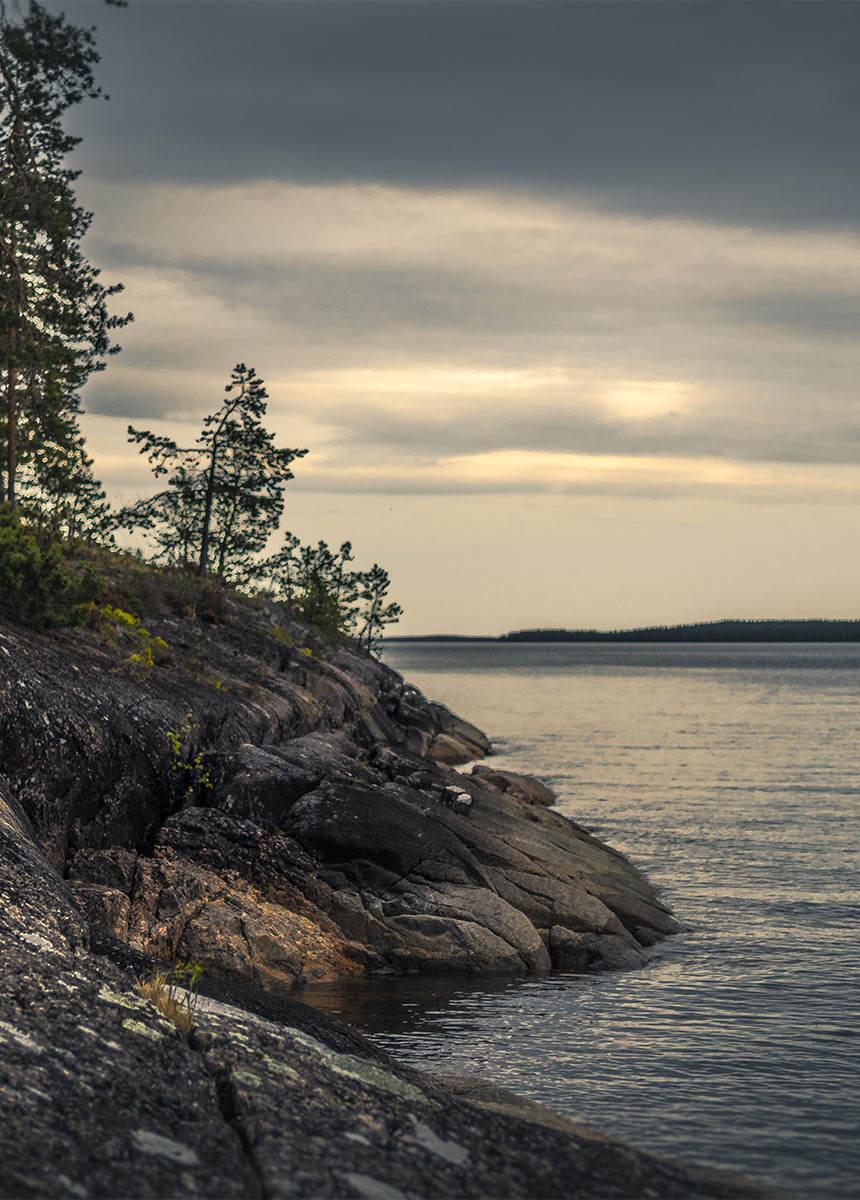
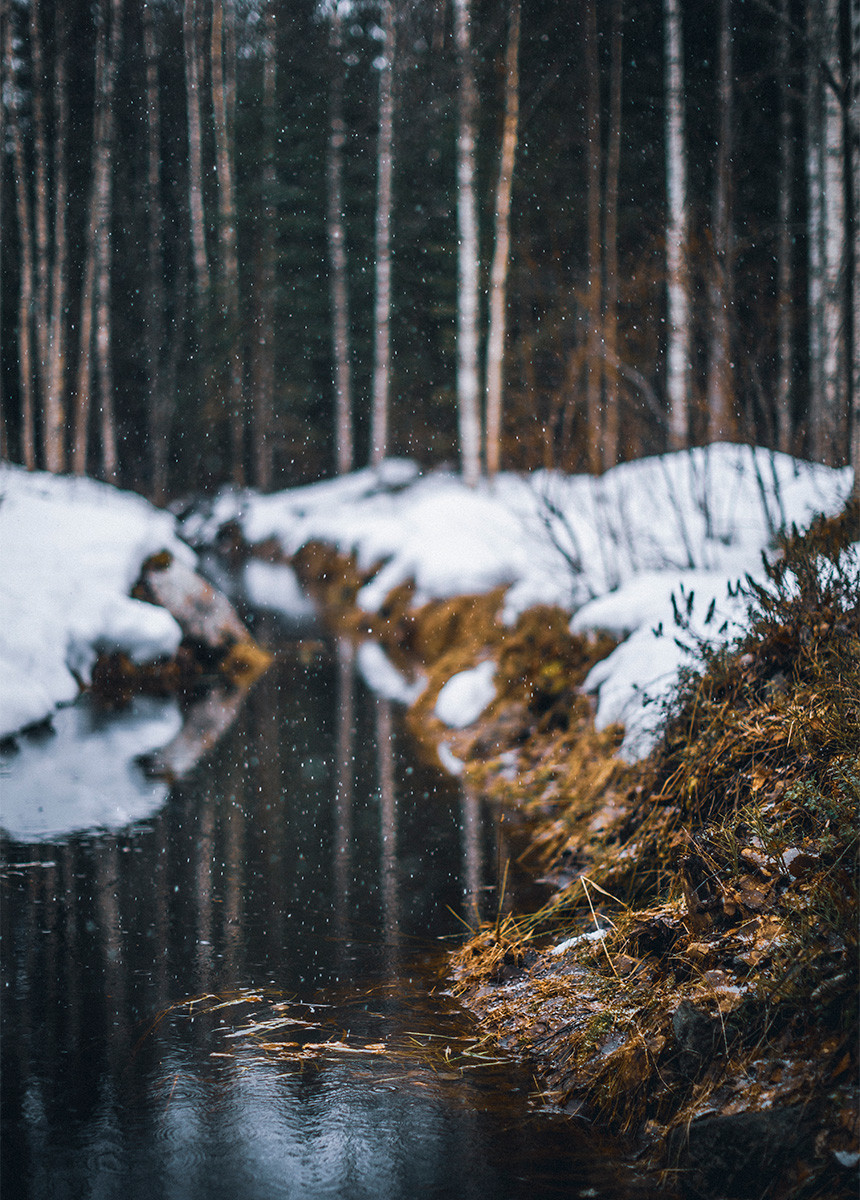
8. LUT's solutions recover nitrogen from sewage sludge drying gas
Sewage treatment plants produce wet goo – sludge – as their end product. It is typically composted and used as soil in earth-moving work such as in building noise barriers. Gases created in the decomposition can be used as biofuels or for energy production.
Pharmaceutical residues, microplastics or heavy metals may prevent the utilisation of sludge for soil enrichment after composting or decomposition. In such cases, the sludge must be burned, leading to the loss of its valuable nutrients such as nitrogen and phosphorus. These are raw materials that industry uses.
LUT University's sustainability scientists have tackled this issue to utilise the nutrient potential of sewage sludge more efficiently. Mika Horttanainen, Head of the Department of Sustainability Science, says that an ongoing project is developing an industrially applicable solution for nitrogen recovery in connection with sludge drying.
Phosphorus can be recovered from ash from the combustion of dried sludge.
"Phosphorus is an exhaustible natural resource and causes eutrophication in nature. That's why it is important to recover. Nitrogen is not an exhaustible resource, but its production takes a great deal of energy and releases greenhouse gases. When we recover these materials from sludge, we promote environmental sustainability," Horttanainen explains.
Another ongoing study searches for ways to recover nitrogen also in connection with sludge combustion. An earlier LUT study revealed that treating and separating ashes in a certain way can make it a viable phosphorus fertilizer.
"Sewage sludge is one of the most nutrient-rich sideflows generated by humans. Finland alone produces a million tons of wet sludge a year. Municipal waste is generated wherever in the world wastewaters are treated," says Mika Horttanainen.
9. The LUT School of Business and Management commercialises water-related innovations
LUT's multidisciplinary water treatment solutions aim to protect the environment and natural resources, ensure the availability of clean water, and increase the efficiency of the circular economy and business activity. If the substances that wastewater contains are separated, they can be reused in business.
At the LUT School of Business and Management, Researcher Gregory O'Shea and his research team aim to commercialise a super activated carbon (SAC) innovation. The innovation treats SAC chemically to make it an extremely porous and efficient separation medium. It can adsorb or separate unwanted materials such as pharmaceuticals from liquid, gas and air, cleaning them.
LUT University's innovations have a global market because potable water is scarce and water resource management inefficient in many areas, and there is a growing desire to treat industrial process waters more sustainably.
"The business opportunities of super activated carbon lie in sewage treatment and making drinking water. We have observed that super activated carbon is three times more efficient than activated carbon, which is currently used in water treatment processes," Gregory O'Shea reveals.
On local markets, a filter cell solution combining effective microorganisms and shungite filters is gaining ground. It filters water that drains from different outdoor surfaces in urban environments, for instance in Sammonlahti, Lappeenranta. According to Professor Satu-Pia Reinikainen, filters with a variety of compositions are being commercialised also for other uses.
"In the solution in Lappeenranta, the shungite mineral removes oils, heavy metals and odours from drainage water. In this effective microorganism technology, microbes enhance the environment's ability to treat and bind nutrients and harmful substances. The filter is highly advanced because it contains no chemicals and the shungite in its cells can be recycled," Reinikainen elaborates.
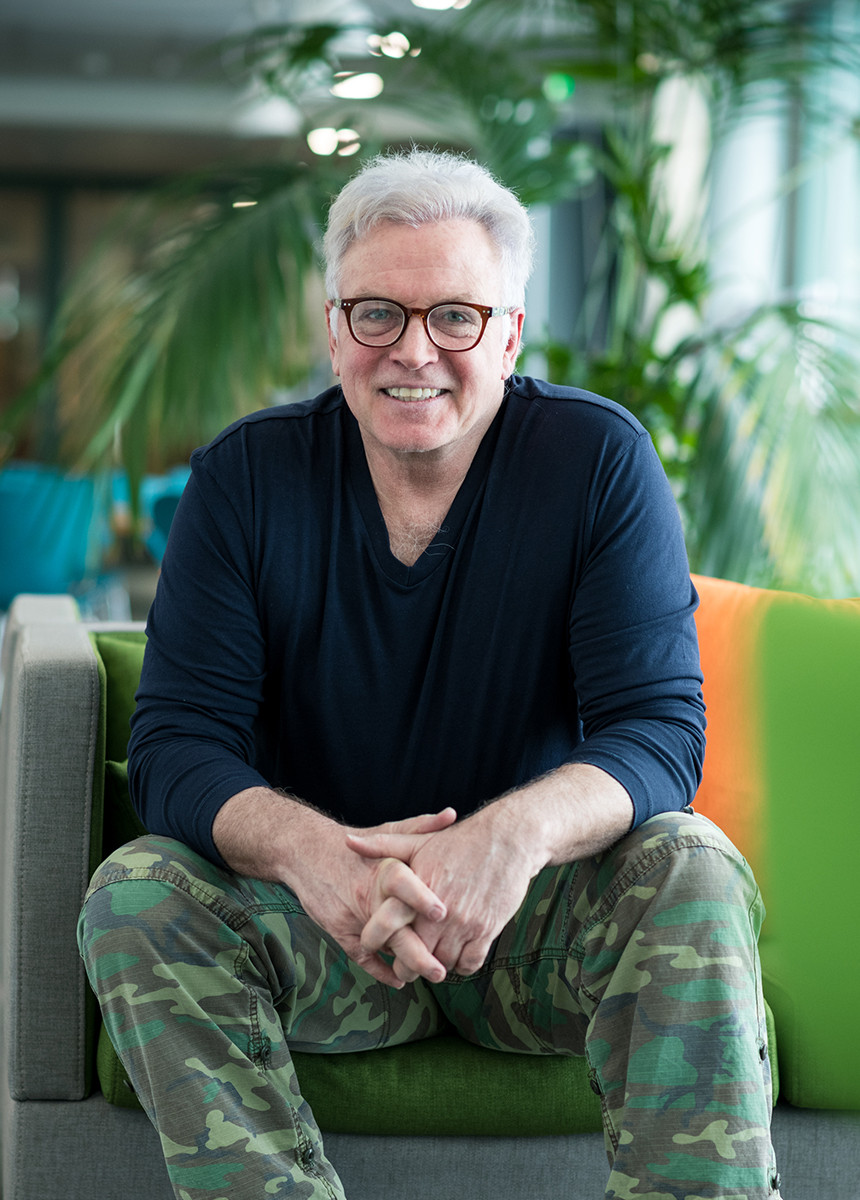
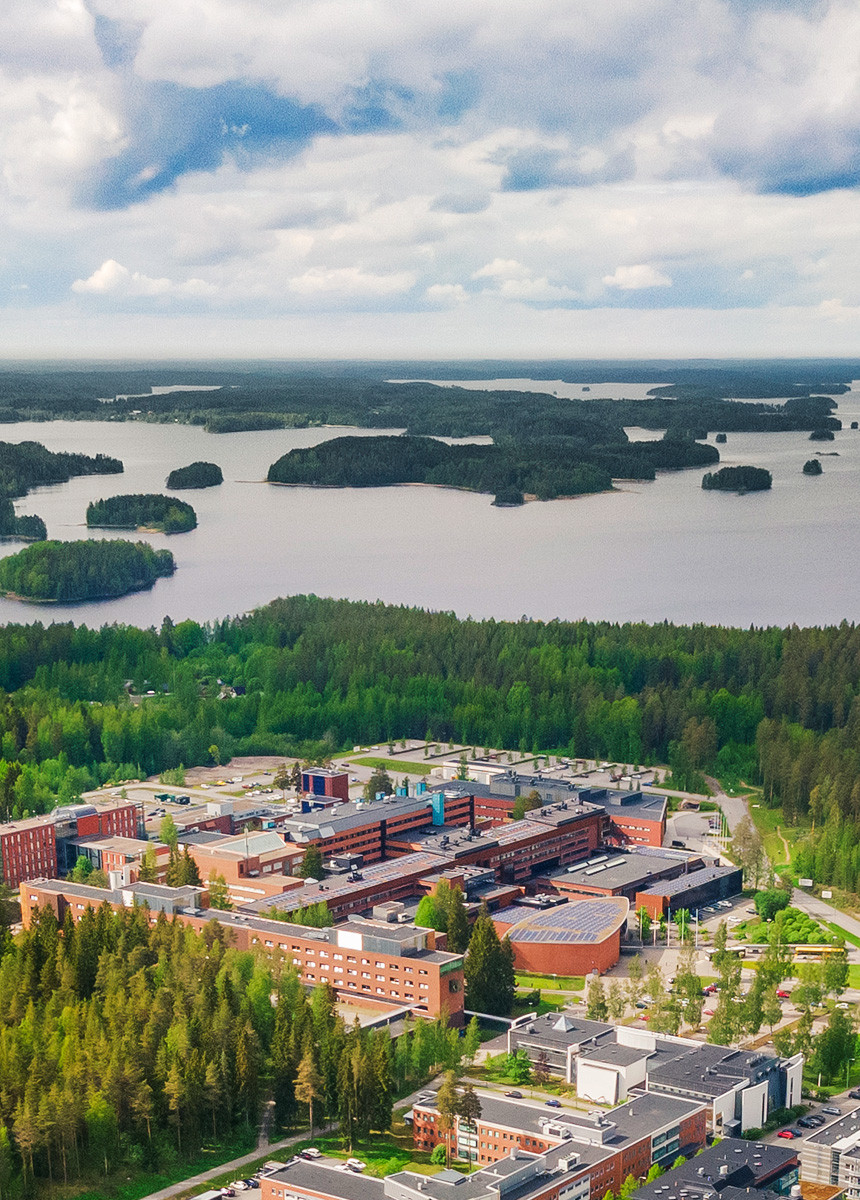
10. LUT started a new era in practical water refinement
LUT University's water research involves more than municipal sewage treatment. LUT does not stand on the sidelines and watch water systems become polluted and raw materials go to waste. Technology and business specialists aim to understand the overall system: where and when water treatment would be the most ecologically and economically efficient and the most efficient ways to utilise recovered nutrients and materials.
Following its strategy, LUT has started a new era in water refinement, where sewage treatment plants are diversified production plants that recycle nutrients, circulate water resources and stop the harmful chemical flow to nature.
"We can consider our research work a success when we create ideas that others are able to apply to practice," Professor Satu-Pia Reinikainen summarises.
More information:
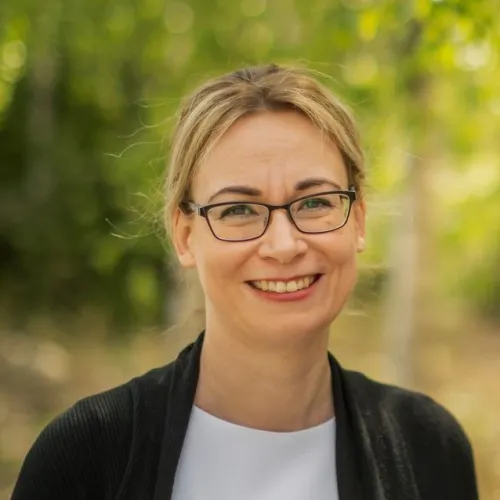
Mari Kallioinen-Mänttäri

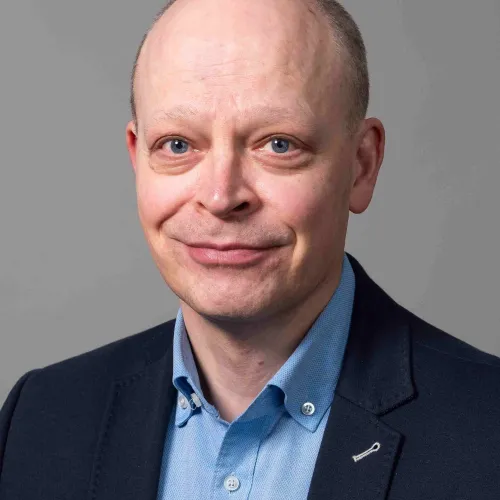
Mika Horttanainen
